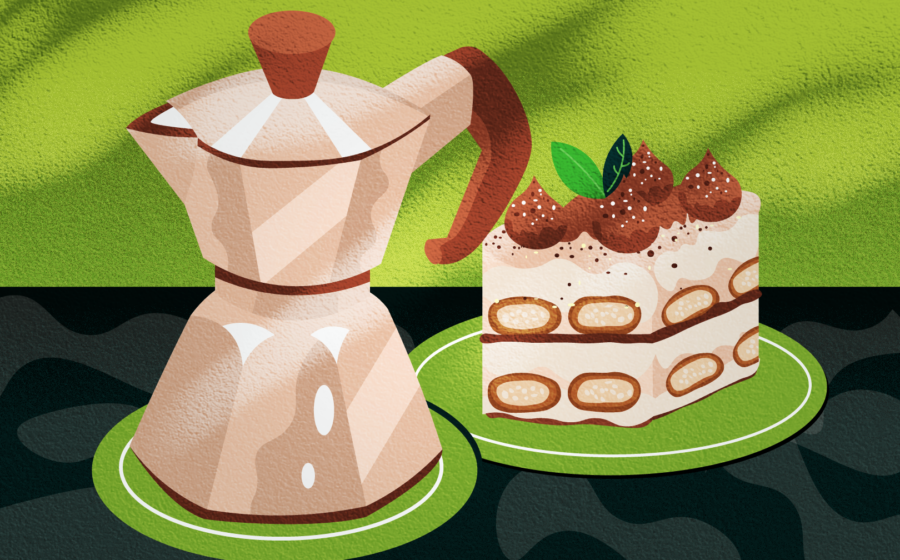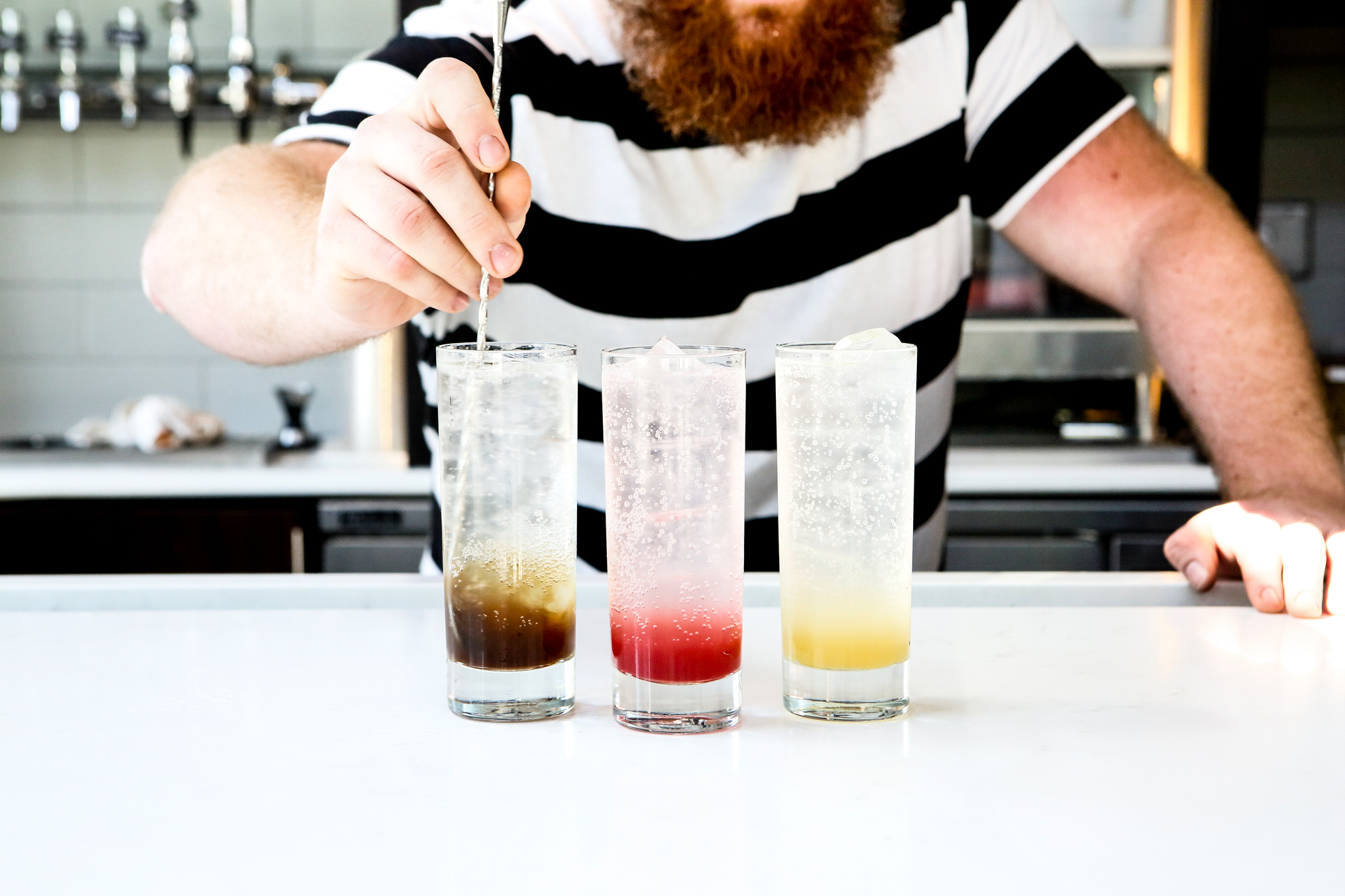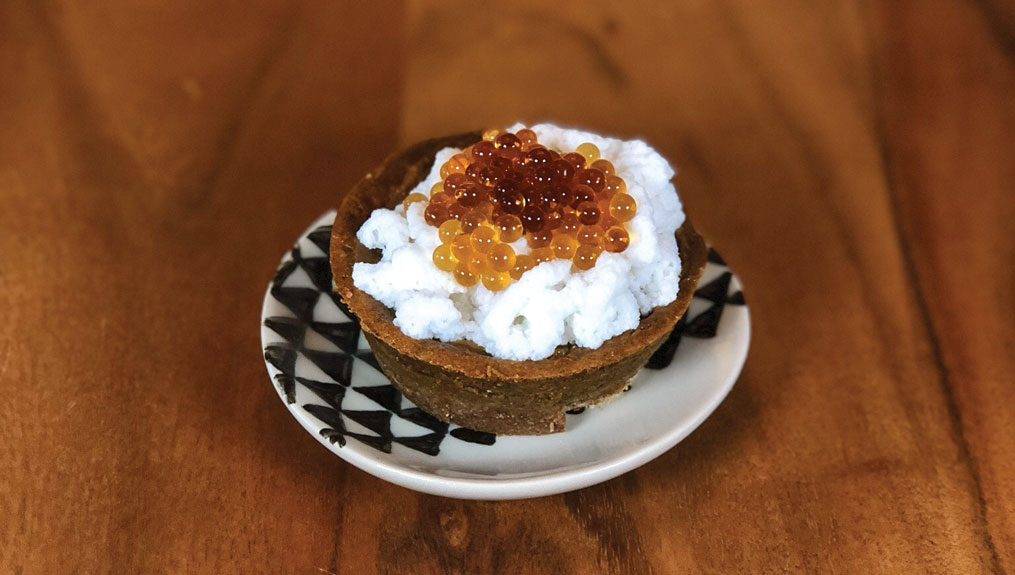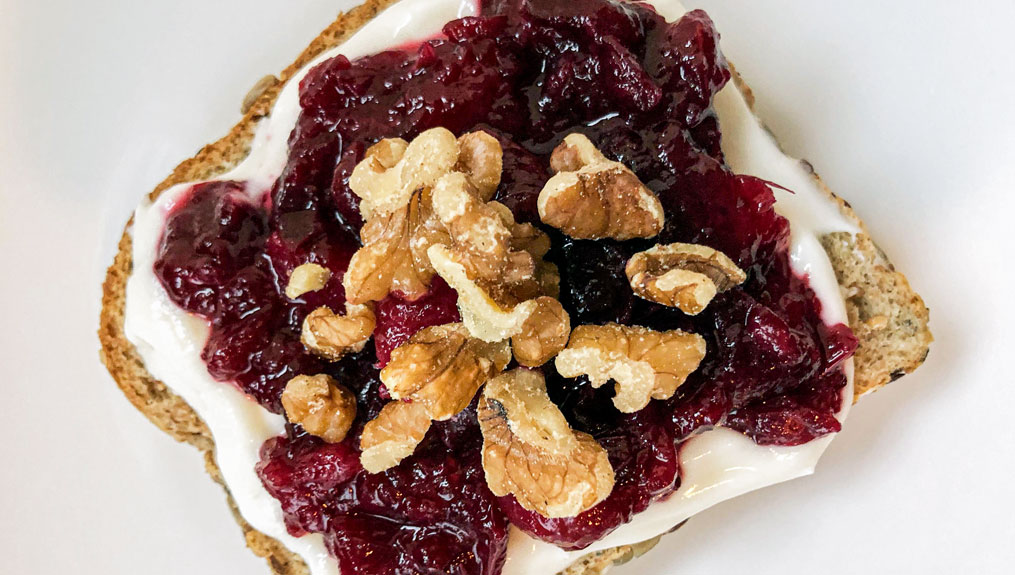When we think of coffee in dessert, classic Italian tiramisù is perhaps the first example that comes to mind. Tiramisù (which translates to “pick me up”) is ubiquitous on menus and ostensibly simple to make: it’s a no-bake dessert made with espresso-soaked ladyfingers layered with whipped mascarpone and topped with a sprinkle of cocoa powder—but hard to perfect. Done well, tiramisù is ethereal but rich, the sweetness in the mascarpone tempered by the bitterness of coffee.
Recently, pastry chefs have been pushing the boundaries of the classic tiramisù, deconstructing the traditional dessert or adding global influences for a modern new twist. Even with newfangled tiramisù, the grounding principle is the same—finding the perfect coffee and incorporating it in a balanced fashion is the key to a truly delicious dessert.
Balanced with Booze
At Adalina in Chicago, tiramisù is pastry chef Nicole Guini’s signature dessert. She always has a modern variation on the menu, reimagined with each season (the dessert’s current iteration features bourbon and smoked vanilla gelato). Guini uses beans from Chicago-based roastery Sparrow Coffee but changes the ratio of brewed coffee to espresso depending on the desired strength of the coffee used to soak the lady fingers. Sometimes, she even adds coffee liqueur and extract to enhance the coffee flavor.
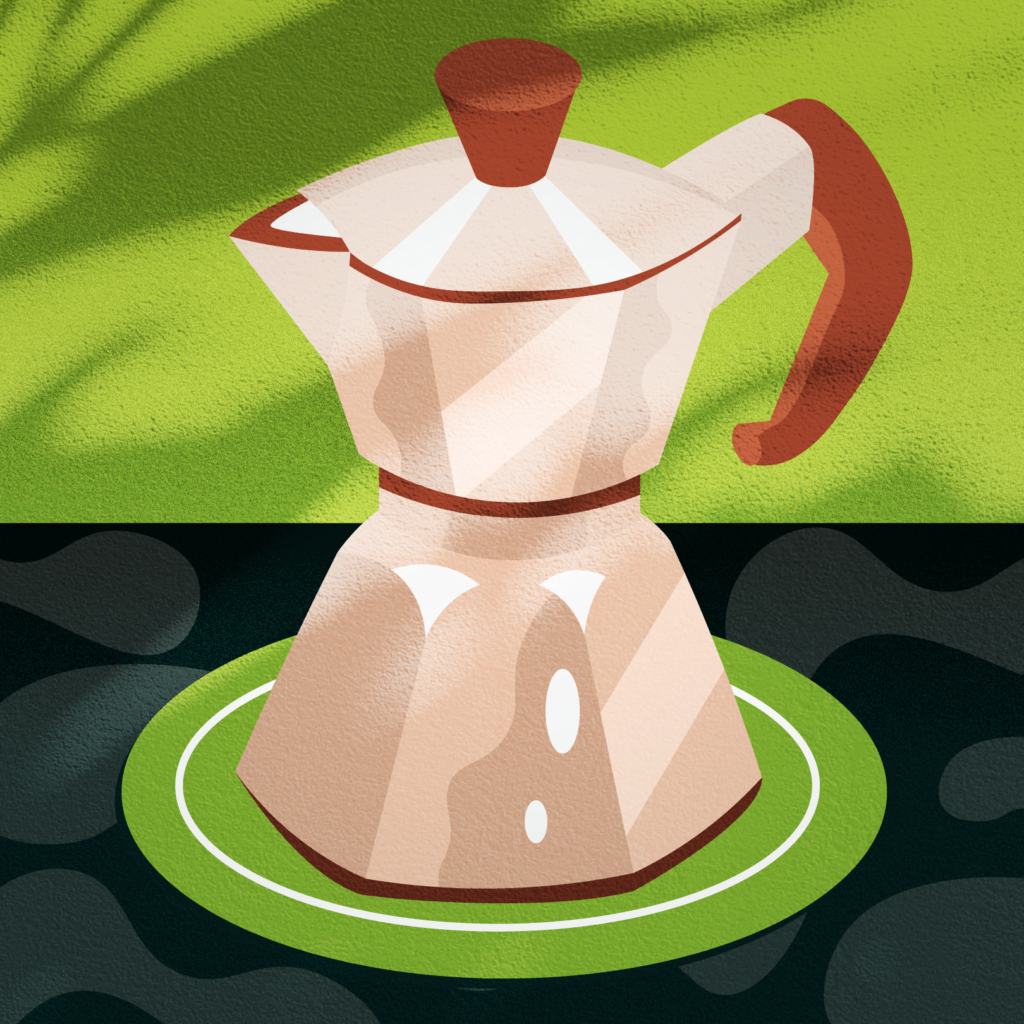
“Instead of playing around with roasts, we change the alcohol in the coffee soak to coordinate pairings with the rest of the flavor profiles,” Guini explains. For example, she uses Tuaca, a hazelnut liqueur, in her truffle tiramisù to pair with the honey and black truffle she uses in the dessert.
Executive chef Francis Tanrantana also uses alcohol to balance the coffee flavor in his tiramisù at the Southeast Asian restaurant Nemesis in New York. Tanrantana pays homage to his Thai heritage by using Thai coffee brand Wangderm and makes a concentrated brew using minimal water. This intensifies the dark roast coffee’s rich chocolatey flavor and orange citrus notes, which help cut through the richness of the mascarpone cream.
He then doubles down on the flavor by reducing the extra ladyfinger coffee soak to make a coffee glaze, incorporating a little bourbon. “The bourbon is a pleasant surprise,” Tanrantana says. “It adds a burst of boozy flavor for an additional layer of complexity. I find that bourbon and coffee complement each other exceptionally well.”
Instant Dessert
While Guini uses the same coffee in her tiramisù that they serve in the restaurant, that formula doesn’t always work best. Italian wine bar Fossetta in the East Village serves Partners Coffee in the restaurant, and the team initially planned to use their coffee when making tiramisù but couldn’t find quite the right coffee for the job.
“We tried one of their lighter roasts at first but found that the acidity in the coffee together with the boozy brandy was a bit overwhelmingly bright,” says managing partner Joshua Even. “We started working our way through the various Partners’ roasts, looking for those dark bitter notes needed to ground the flavors and bring more depth to the dessert. We then moved onto their cold brew concentrate, testing various levels of dilution, but never quite found the balance we were looking for.”

After much experimentation, they moved on to instant coffee and landed on Medaglia d’Oro Espresso Instant Coffee. “We needed something more aggressively and unapologetically bitter,” explains chef Charlene Santiago. “It’s the perfect foil for the booze, the sugar, and the richness of the eggs and mascarpone. As you work your way through our tiramisu, it opens with this sweet, rich, fluffy custard, and then you’re hit with the booze and the cakey ladyfingers, and finally, right at the end, you get that slightly bitter finish from the instant espresso that settles everything down and prepares you for that next bite.”
There’s more than one way to choose the perfect coffee for tiramisú, and our pastry chefs agree that a medium or dark roast complements the sugar and dairy best. However, it all comes down to personal preference and working with the flavors inherent in the coffee to strike an irresistible bittersweet balance.

